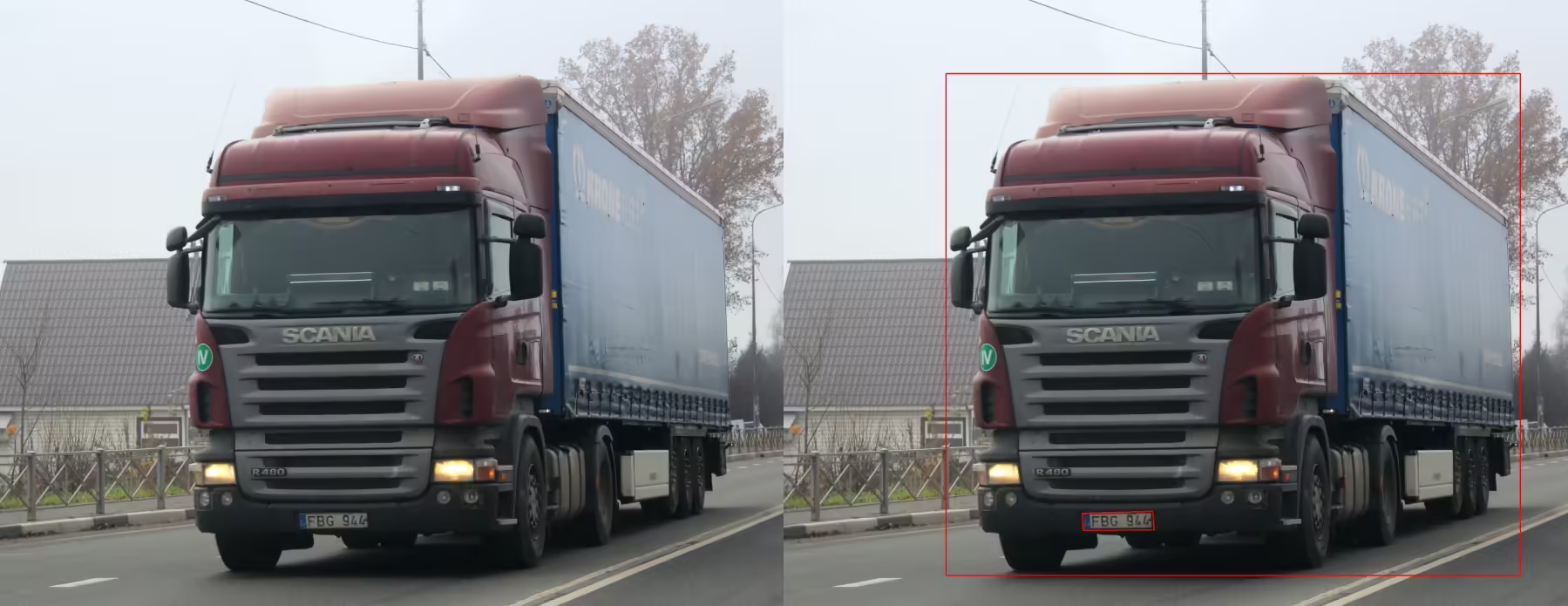OCR Annotation Services

Unidata provides OCR Annotation Services, delivering precise labeling and tagging of text extracted from images and documents to boost the accuracy and efficiency of optical character recognition (OCR) across diverse industries and applications. Our meticulous approach ensures high-quality annotations that enhance your OCR systems' performance and reliability

24/7*
- 6+
- years experience with various projects
- 79%
- Extra growth for your company.
What is OCR Annotation?
OCR annotation in data training services involves the process of accurately labeling and tagging text extracted from images or documents to improve the performance and accuracy of optical character recognition (OCR) systems. This annotation process aids in training OCR models to recognize and transcribe text accurately from scanned documents, images, or handwritten notes, enabling efficient digitization and analysis of textual data.Types of OCR Annotation Services
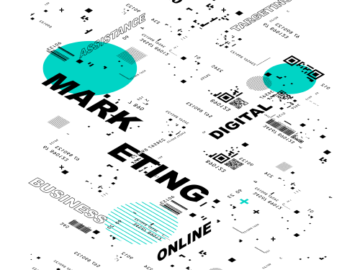
Text Detection
Text detection annotation involves identifying and outlining regions containing text within images or documents. Annotations help in localizing text elements for subsequent OCR processing.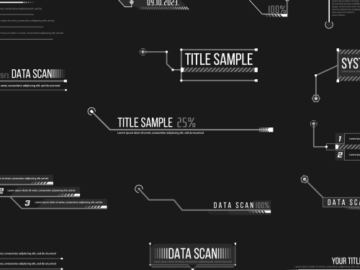
Text Localization
Text localization annotation precisely delineates the bounding boxes or polygons around individual text elements within images or documents. Annotations aid in accurately identifying the spatial extent of text regions for OCR extraction.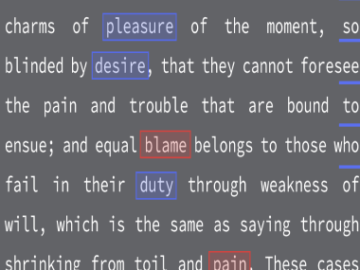
Text Recognition
Text recognition annotation involves transcribing text from images or documents into machine-readable format. Annotations provide ground truth labels for training OCR models to accurately recognize and extract textual content.
Handwriting Recognition
Handwriting recognition annotation focuses on transcribing handwritten text from images or documents. Annotations aid in training OCR models to decipher diverse handwriting styles and improve recognition accuracy.
Font and Style Annotation
Font and style annotation identifies and categorizes different fonts, font sizes, and text styles (e.g., bold, italic) within images or documents. Annotations help in adapting OCR models to handle text variations effectively.
Language Annotation
Language annotation specifies the language of the text content within images or documents. Annotations aid in language-specific OCR processing and language model selection for accurate text recognition.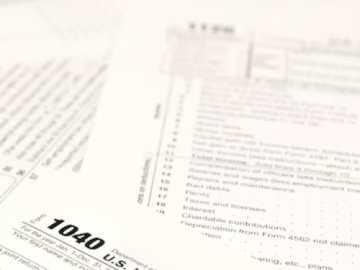
Orientation Detection
Orientation detection annotation determines the correct orientation of text within images or documents (e.g., horizontal, vertical, rotated). Annotations aid in preprocessing images for optimal OCR performance.Quality Assurance Annotation
Quality assurance annotation involves assessing the accuracy and reliability of OCR results. Annotations provide feedback on OCR errors, inconsistencies, and ambiguities to improve model performance.
Data Augmentation Annotation
Data augmentation annotation involves generating synthetic variations of OCR data to enhance model robustness. Annotations aid in creating augmented datasets with diverse text characteristics, fonts, and backgrounds.
Data Cleaning and Post-Processing
Data cleaning and post-processing annotation involves refining OCR output by correcting errors, removing noise, and formatting text for readability. Annotations ensure the final OCR results meet quality standards and usability requirements.How we Deliver OCR Annotation Projects
At Unidata, we pride ourselves on delivering OCR Annotation Projects with precision, efficiency, and client satisfaction as our top priorities. Our process encompasses several key stages, each meticulously designed to ensure accuracy, quality, and timely delivery.-
01.
Consultation and Requirements Gathering
We commence by engaging in comprehensive consultations with you to understand your project objectives, specific OCR tasks, and desired outcomes. This phase allows us to tailor our approach to meet your unique needs and requirements. -
02.
Project Planning and Scope Definition
Based on the insights gathered during the consultation phase, we define the scope of the project, including the types of OCR tasks to be performed, annotation guidelines, and project timelines. Clear communication and alignment are our primary focus at this stage. -
03.
Data Collection and Preprocessing
With the project scope defined, we collect the necessary image data and preprocess it as needed. This may involve image enhancement, noise reduction, and resolution adjustment to optimize data quality for OCR processing. -
04.
Annotation Execution
Our experienced team of annotators then diligently executes the OCR annotation tasks according to the predefined guidelines and criteria. Annotations are meticulously performed to ensure accurate and consistent transcription of text from images or documents.
OCR Annotation Use Cases
-
 01
01Finance and Banking
In the finance and banking sector, OCR annotation data is utilized for automating document processing tasks such as check scanning, invoice extraction, and form recognition. Annotations aid in extracting crucial information from financial documents, improving operational efficiency and reducing manual errors. -
 02
02Healthcare and Life Sciences
In healthcare, OCR annotation data is applied for digitizing medical records, prescription processing, and extracting patient information from clinical documents. Annotations facilitate rapid access to patient data, streamlining healthcare workflows and enhancing patient care delivery. -
 03
03Retail and E-commerce
In retail and e-commerce, OCR annotation data is employed for inventory management, order processing, and product cataloging. Annotations enable automatic extraction of product information from images and documents, optimizing inventory tracking and enhancing customer shopping experiences. -
 04
04Legal and Compliance
In the legal industry, OCR annotation data is used for digitizing legal documents, contract analysis, and case management. Annotations aid in extracting clauses, dates, and legal entities from documents, improving document searchability and supporting legal research tasks. -
 05
05Manufacturing and Engineering
In manufacturing, OCR annotation data is utilized for automating document-based processes such as quality inspection reports, engineering drawings, and equipment manuals. Annotations assist in extracting technical specifications and maintenance instructions, enhancing operational efficiency and ensuring compliance with industry standards. -
 06
06Education and Research
In education and research, OCR annotation data is applied for digitizing textbooks, scholarly articles, and archival documents. Annotations enable easy access to educational resources and facilitate text analysis for academic research purposes, fostering knowledge dissemination and scholarly inquiry. -
 07
07Government and Public Services
In government agencies, OCR annotation data is employed for citizen services, document archiving, and regulatory compliance. Annotations aid in digitizing government records, extracting data from official documents, and improving public access to government services and information. -
 08
08Transportation and Logistics
In transportation and logistics, OCR annotation data is utilized for automating freight document processing, package tracking, and customs clearance. Annotations enable rapid extraction of shipping information from documents, enhancing supply chain visibility and expediting cargo handling processes.
How It Works: Our Process
A Clear, Controlled Workflow From Brief to Delivery
OCR Annotation Cases
Why Companies Trust Unidata’s Services for ML/AI
Share your project requirements, we handle the rest. Every service is tailored, executed, and compliance-ready, so you can focus on strategy and growth, not operations.
What our clients are saying

UniData


Other Services
Ready to get started?
Tell us what you need — we’ll reply within 24h with a free estimate

- Andrew
- Head of Client Success
— I'll guide you through every step, from your first
message to full project delivery
Thank you for your
message
We use cookies to enhance your experience, personalize content, ads, and analyze traffic. By clicking 'Accept All', you agree to our Cookie Policy.

